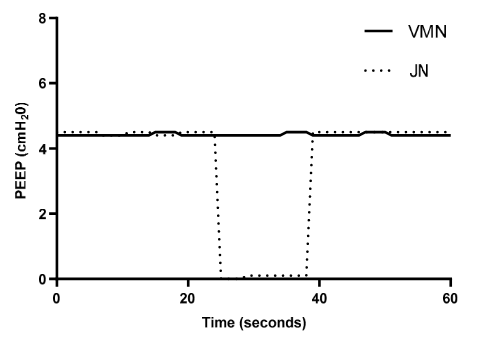When choosing the appropriate nebulizer type for mechanical ventilation therapy, the studies have found that it can have a significant impact on patient bioaerosol emissions and ventilation parameters. The results of this study are significant and have far-reaching implications for clinical practice and disease transmission control.
Closed circuit reduces risk of pulmonary edema in mechanical ventilation
During simulated mechanical ventilation, disconnection of the ventilator circuit to replenish JN medication resulted in the release of patient-derived bioaerosols and a decrease in the ventilation parameter PEEP. Crucially, refilling of the JN results in a decrease in pressure within the circuit, which may lead to pulmonary edema.

Open system dosing can cause aerosol contamination
Maintaining a closed pressurized circuit during mechanical ventilation is critical to ensure safe controlled ventilation of the patient and to reduce risks associated with patient-derived bioaerosols. Studies have shown that nebulizer choice affects the release of patient-derived bioaerosols to the local environment, with more particles being released into the environment during use of open-system jet nebulizers. Data confirm that patient-derived bioaerosols may be released into the local environment during mechanical ventilation when the ventilation circuit is interrupted during refilling of the jet nebulizer. During refill of the VMN, the ventilation circuit remained intact and, therefore, no particles were released during drug refill, validating guidance indicating that mesh nebulizers can be used during mechanical ventilation.